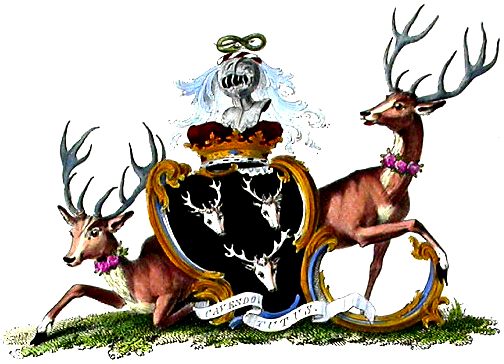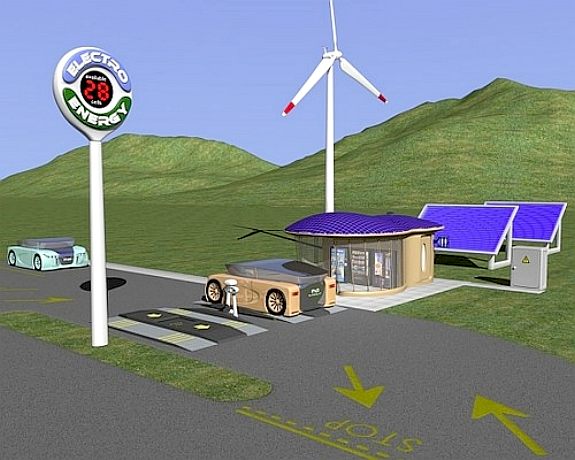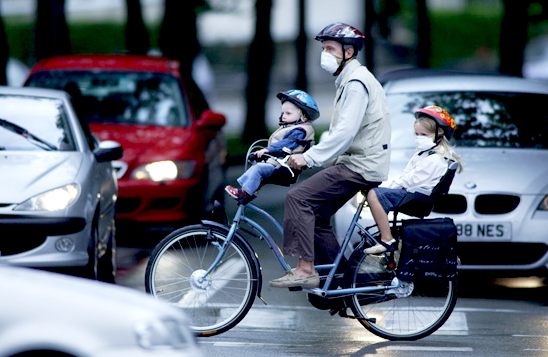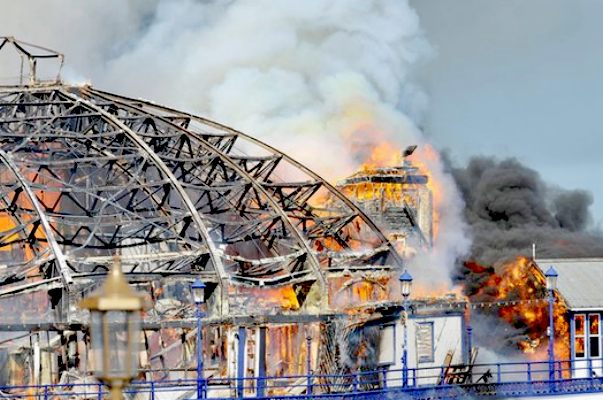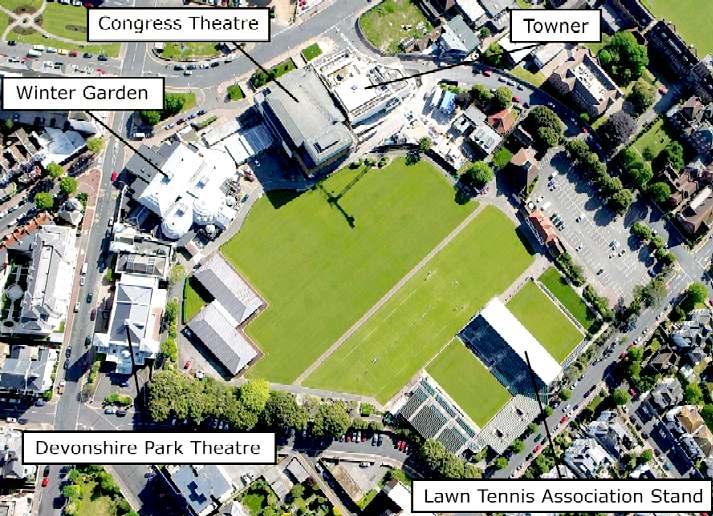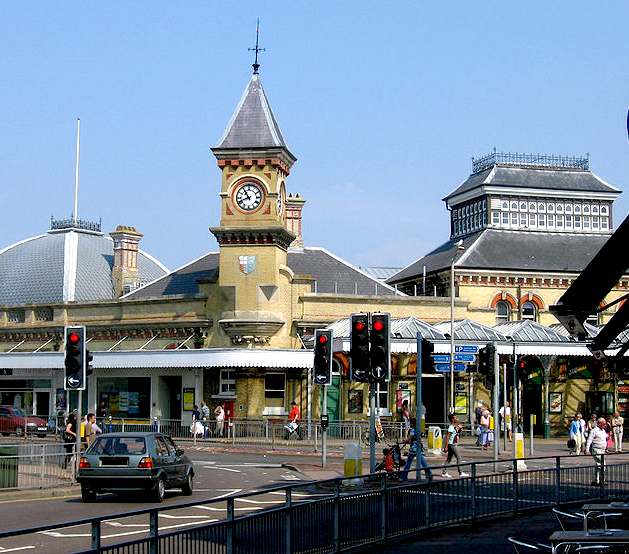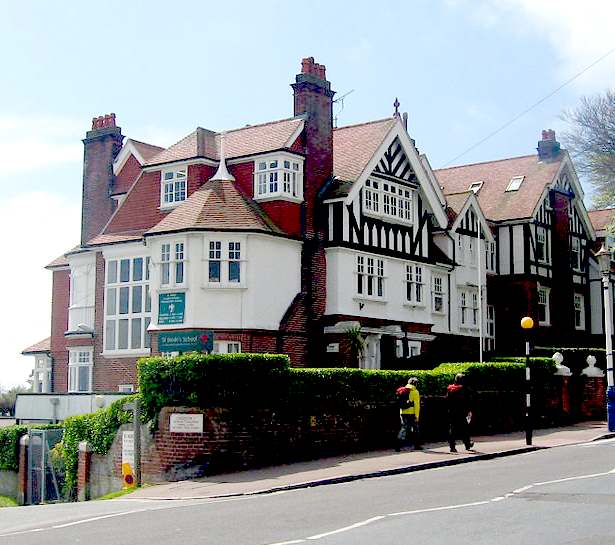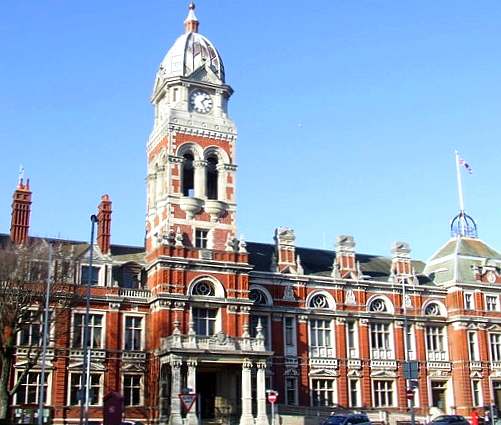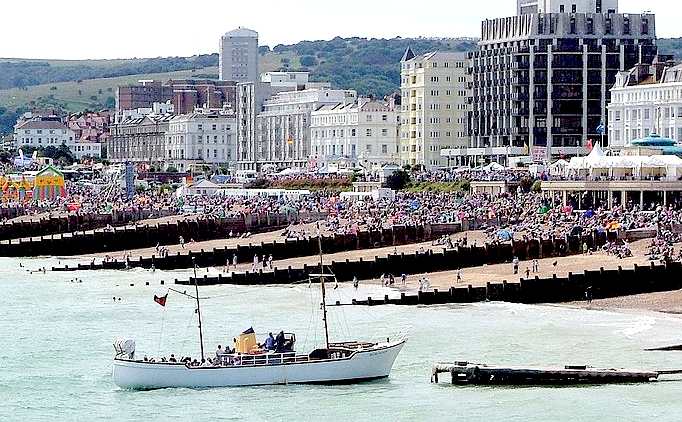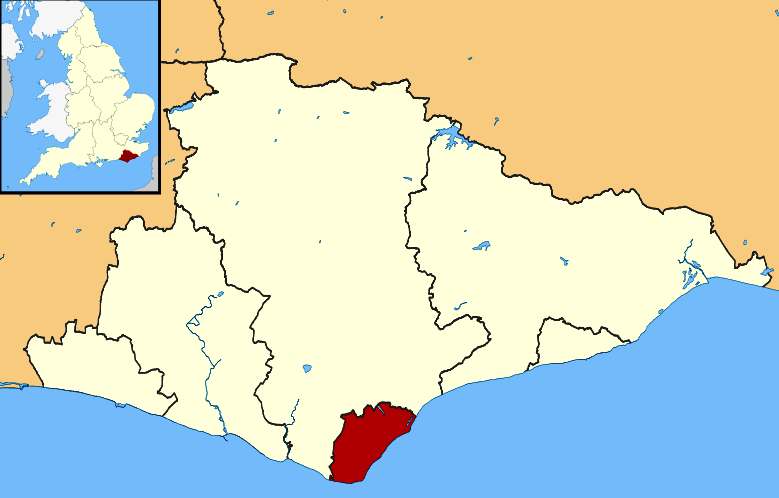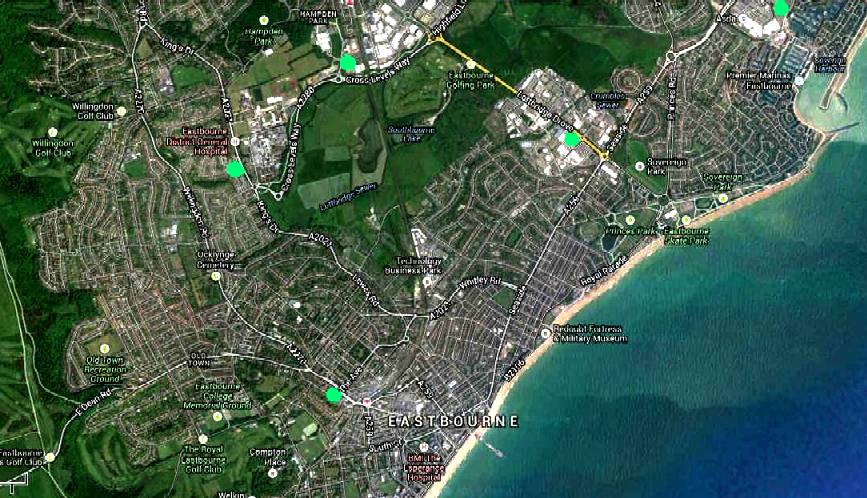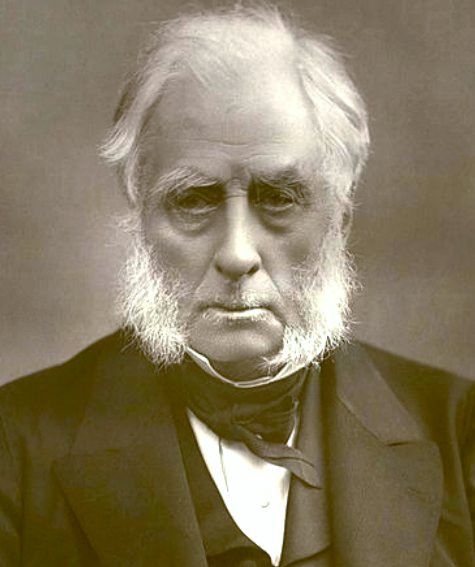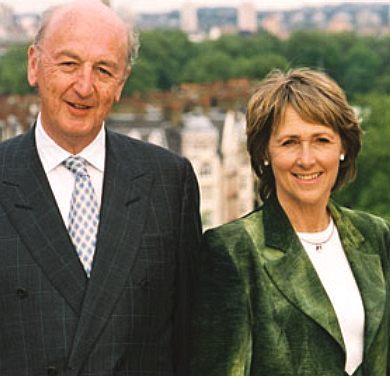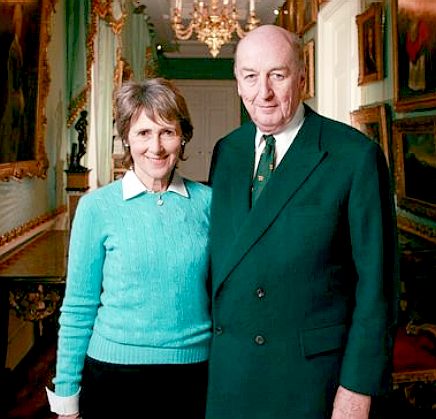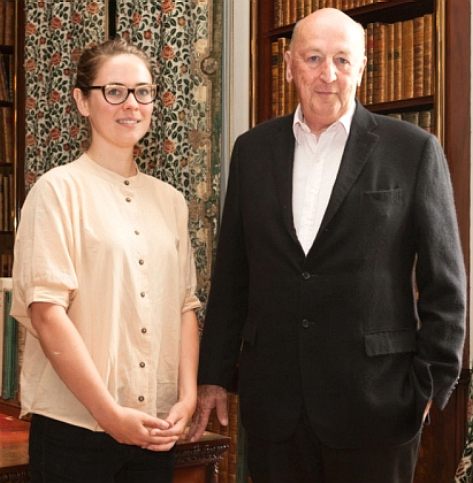|
PROJECT DEVONSHIRE
|
|||||||||||||||||||||||||||||||||||||||||||||||||||||||||||||||||||||||||||||||||||||||||||||||||||||||||||||||||||||||||||||||||||||||||||||||
|
The historic Devonshire Coat of Arms
The proposal to host an electric vehicle concept in and around the seaside resort of Eastbourne was inspired by the careful planning of the town by the 7th Duke of Devonshire in honor of his wife Elizabeth Compton. Another important consideration is the hours of sunshine bathed on this Riviera of England where solar assistance may play and important part in development, and the fact that reduced pollution levels will make this south coast resort more attractive to holiday makers - thence local businesses - and the economy.
An autonomous wind/solar assisted EV service station
THE PROPOSAL: ‘ECOSTAR UNIVERSAL EV SERVICE STATION PROTOTYPE’
Cleaner air for seaside resorts and larger congested cities. It's not the cure for cancer, but every little helps.
Motor manufacturers may not think so but they need help. By the very nature of competition, it will be nigh on impossible for car makers to agree on anything that might give one brand a market advantage over another. It's a cut throat business - in fact, it's a cut throat world.
Our role in this unfolding drama is to bring to fruition a concept that is workable and cast it on the waters to get discussions going. Arguably, as we write, there is no other published concept that could work and nobody is proposing a universal solution. The Better Place system failed because it did not tackle the grass roots issues. Nobody would disagree that it was a bold step in the right direction and full marks to Mr Agassi and his investors for having the vision to give it a shot - largely driven by Shai himself.
The Greenways system is only aimed at van deliveries. Once again, Peter Badik and Juraj Ulehla deserve the highest praise for doing something positive, but the system they are using is not universal, not could it ever be in its present guise.
UNIVERSAL ENERGY CARTRIDGE: Shown here is the proposed size for a Universal energy cartridge. The cartridge may contain many types of energy storage medium: batteries and fuels cells being the most likely, though hybrid forms are also to be considered. The internal volume is approximately 0.145m2 or 8 cubic feet. The difficult part is getting the motor manufacturers to agree these basic dimensions. Failing which, to take the decision from them with directives.
FIRST STEPS
Like a baby taking its first hesitant steps, the first stage to getting zero carbon vehicles on the road as a replacement to petrol and diesel engines, is to unify a format that the vast majority of producers can incorporate into their existing designs without too much bother.
In order for that to happen, someone needs to propose a workable system that can then be refined. We would suggest that once that general approach has been accepted that a Working Party consisting of representatives from any stakeholder wishing to have their input considered, should be formed. Subject to funding being available, we would be willing to chair that WP - and if appropriate apply for and secure IP for the Members for dissemination to the Members.
FEASIBILITY
A study should be conducted as to global resources, such as to be able to demonstrate that a system based on that proposed is implementable internationally.
THE DEVONSHIRE PROJECT: Shown here is a Bluebird™ 3.6 - 7.68MW solar assisted service station containing 96 cartridges on a continuous charge cycle. Five of these stations (38.4MW) can recharge (refuel) up to 10 cars a minute. Next time you visit your BP or Tesco fuel pump, count the number of cars leaving the station in a minute. You will find that an electric forecourt holds the potential to be quicker. During rush hour, 300 cars might be serviced in one hour. During an eight hour day 2,400 cars might be serviced more conveniently than plug in curb-side charging and we start every morning with 96 slow charged cartridges from off-peak supplies. The same forecourt might be used to service fuel-cell cars powered by liquid hydrogen. One size fits all. The secret is to KISS the design (keep it simple silly). There are only 28* moving parts in this station, not including the gearbox for the solar powered drive motor. This is possible because the cars load the cartridges themselves. Learn more about this concept. We cannot reveal more at this stage because of an impending patent application.
THE SUNSHINE COAST
Eastbourne
is a large town and borough in East Sussex, on the south coast of England, 17 miles east of Brighton. It is situated immediately east of Beachy Head, the highest chalk sea cliff in Great Britain and an area of outstanding natural beauty. This sheltered position contributes to
Eastbourne’s title of sunniest place in Great Britain.
TRAFFIC CONGESTION
Eastbourne may have been designed on a grid, but that was before mass production of cars, and then they gave the job of planning ahead to committees. Hardly surprising then that every morning between 8:00am and 9:30am, at lunchtime and then again fro 4:00pm to 5:30pm, there is severe congestion leading to 20-30 minute delays while you sit in traffic burning fuel and going nowhere.
We are talking here about the roundabout at the southern end of Lottbridge Drove. The situation has been getting steadily worse, with a pedestrian crossing as you come off the roundabout heading into town past Staples. Who thought that one up. It's about time for a subway or overhead walkway. Never put a traffic light on a main artery road near a roundabout. Everytime a pedestrian pushes the button, the roundabout clogs up for another 5 minutes.
Another means to speed traffic flow - at the pace of the lowest common denominator, the retired sightseer, passive ditherer, or school run mother, all of whom choke the arteries of commerce - is to double yellow the inbound/outbound Seaside Road. But this should have been anticipated years ago. ESCC and EBC might also want to introduce congestion charging, not for the revenue that might generate, but to stop pollution from all those diesel fumes.
At the moment that is not practical, because there are no plans or incentives to introduce EVs on a large scale. As we said, do not give town planners such responsibility, they will always add to the malaise. You need an outside consultant to advise from a faraway perspective.
BBC
NEWS - MONUMENTS AT RISK OCTOBER 2014 - ENGLISH HERITAGE
Selected views of Eastbourne. It's a holiday town that hosts many events and thrives on tourism in the summer months.
THE LAST RESORT
CLIMATE
As with the rest of the British Isles and South Coast, Eastbourne experiences a maritime climate with cool summers and mild winters. The local climate is notable for its high sunshine levels, at least relative to much of the rest of England - Eastbourne holds the record for the highest recorded amount of sunshine in a month, 383.9 hours in July 1911. Temperature extremes recorded at Eastbourne since 1960 range from 31.6 °C (88.9 °F) during July 1976, down to −9.7 °C (14.5 °F) In January 1987. Eastbourne's coastal location also means it tends to be milder than most areas, particularly during night. A whole six months of the year have never recorded an air frost, and in July the temperature has never fallen below 8.3 °C (46.9 °F). All temperature figures relate to the period 1960 onwards. The Köppen Climate Classification subtype for this climate is
"Cfb" (Marine West Coast Climate/Oceanic climate).
Google Earth map of Eastbourne showing five locations as green dots, suitable as sites for experimental energy supply stations in furtherance of the Zero Carbon Britain aims for 2050. We need to think big now if we ever want to have a chance of meeting CARB type goals. Corby in the Midlands, is laying the seeds that may lead to a genuine EV infrastructure with load-leveling.
SMART CITIES - EUROPE
PPE CONTACTS
Unit
N0001, Westminster Business Square,
Martina Cicakova Tel: +44 (0) 845 606 1535
OECD
STUDY ESTIMATES HEALTH IMPACTS OF AIR POLLUTION - 22 May 2014
Some main recommendations include:
Polis is holding an Expert forum at the 2014 Transport Publics event in Paris on 10 June
DUKE of DEVONSHIRE HISTORY
WILLIAM CAVENDISH the 7th DUKE of DEVONSHIRE - 27 April 1808 – 21 December 1891
William Cavendish, 7th Duke of Devonshire KG, styled as Lord Cavendish of Keighley between 1831 and 1834 and known as The Earl of Burlington between 1834 and 1858, was a British landowner, benefactor and politician.
William Cavendish, 7th Duke of Devonshire
Devonshire was Chancellor of the University of London from 1836 to 1856, and then Chancellor of the University of Cambridge from 1861 to 1891. At Cambridge he endowed the building of the Cavendish Laboratory, and it was named after him. He made vast (and ultimately unsuccessful) investments in heavy industry at Barrow-in-Furness, and had his nearby country house Holker Hall rebuilt in its present form after it was gutted by a fire in 1871.
The 7th Duke inherited a considerable amount of property in Eastbourne from his grandfather, and from his wife Elizabeth Compton of Compton Place. He saw through the development of Eastbourne in the 19th century with its parks, baths and squares and is commemorated by a statue at the top of Devonshire Place. The Duke also played a part in the foundation of Eastbourne College, the local independent school, by selling some of his land at a modest price to build the school on and commissioning respected architect Henry Currey to design the school chapel and College House (now the School House, a boarding facility). FAMILY
Peregrine Cavendish is the 12th Duke of Devonshire and custodian of Chatsworth House, coming up for the big 70 in 2014. He is pictured above with his wife the Duchess of Devonshire and [below] with Emilie Taylor, an artist. The Duke famously proclaimed the aristocracy “dead” and announced he would drop his title if life peerages were abolished. In a letter to The Daily Telegraph, he wrote: “Should hereditary peers be removed from the House of Lords, I would indeed strongly consider dropping the public use of my title as I believe that I would have to consider and respond to any future democratic mandate against hereditary peerage.” He became a star in a fly-on-the-wall documentary Chatsworth, for the BBC.
For all his progressive leanings, when it comes to the modern world of self-promotion the Duke is admirably old-fashioned. The most personal revelation was a mention that he was bullied at prep school. The family transforming Chatsworth from a crumbling pile into the fourth most visited historical property in the country after the Tower of London, the Houses of Parliament and Stonehenge, with 700,000 visitors a year. “When my parents inherited this house in 1950, it seemed this place had no future at all – there was talk of it becoming the V&A of the north or part of Manchester University,” explains the Duke. “Things were vile for the heritage industry. He has no problem with our historic properties being snaffled by rich Americans and Russians. “What’s the alternative?” he demands. “How xenophobic. I think we’re very lucky if anyone takes on the liability and is prepared to put some of their energy into preserving an historic house. After the war, historic houses were being pulled down on a daily basis. People often forget how terrible the past was – and how exciting the future can be.”
ECOSTAR DC50 LINKS A-Z INDEX
EXTERNAL LINKS & REFERENCE
William_Cavendish,_7th_Duke_of_Devonshire http://horizon2020projects.com/sc-transport-interviews/storing-energy-in-horizon-2020/ http://horizon2020projects.com/sc-transport-interviews/powering-the-future/ http://cordis.europa.eu/fp7/ideas/home_en.html http://cordis.europa.eu/fp7/ideas http://ec.europa.eu/programmes/horizon2020/en/ http://ec.europa.eu/transport/themes/research/horizon2020_en.htm http://www.wired.com/autopia/2012/09/formula-e/ http://www.telegraph.co.uk/finance/The-electric-cars-of-the-future.html Rechargeable Li-Ion OEM Battery Products http://en.wikipedia.org/wiki/William_Cavendish,_7th_Duke_of_Devonshire http://en.wikipedia.org/wiki/Eastbourne
The patent Bluebird™ instant energy transfer system - in its ultimate form, promises EV refueling in around 10 seconds, whether hydrogen or lithium based energy storage is used, from incorporation of a Universal cartridge. Get your free developer License from Bluebird Marine Systems Ltd, or let us know if you might like to form a consortium to take this valuable research further.
|
|||||||||||||||||||||||||||||||||||||||||||||||||||||||||||||||||||||||||||||||||||||||||||||||||||||||||||||||||||||||||||||||||||||||||||||||
|
This
website is Copyright © 2014 Bluebird Marine Systems Limited.
The names Bluebird,
BE3, Ecostar
DC50™, BE4, Utopia Tristar™
and the blue bird in flight
|
|||||||||||||||||||||||||||||||||||||||||||||||||||||||||||||||||||||||||||||||||||||||||||||||||||||||||||||||||||||||||||||||||||||||||||||||
